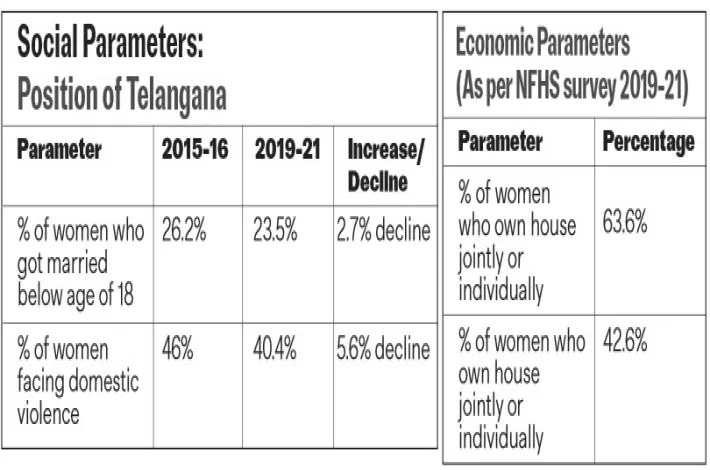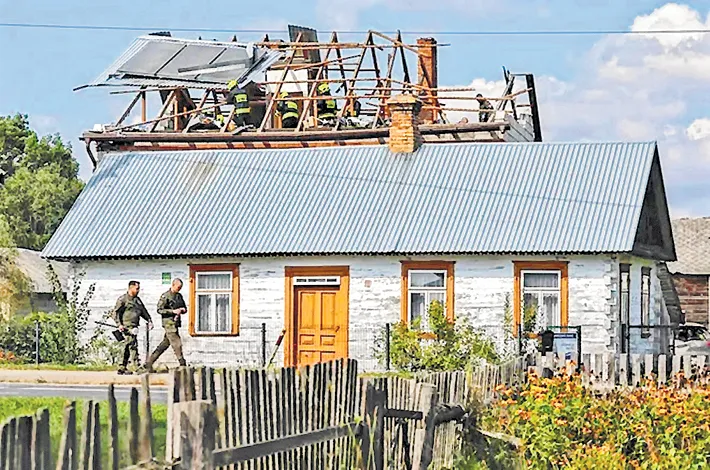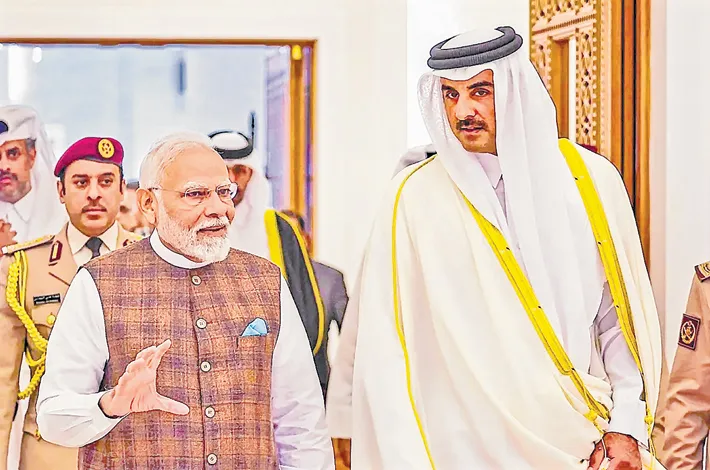One in four women still married before 18: NFHS report
13-05-2025 12:00:00 AM

The Ministry of Statistics and Programme Implementation (MoSPI) has released the 26th edition of Women and Men in India 2024: Selected Indicators and Data. This report presents gender-disaggregated data across critical sectors such as health, education, employment, and decision-making, with key insights drawn from the National Family Health Survey (NFHS) 2019–21.
According to the NFHS 2019–21, at the national level, 23.3% of women aged 20–24—roughly one in four—reported being married before the legal age of 18. Despite existing laws aimed at preventing child marriage, its continued prevalence underscores the gap between legislation and social realities.
At the state level, Assam, Manipur, Tripura, and Punjab witnessed an increase in child marriage prevalence between 2015–16 and 2021. However, several states have made significant progress in reducing these rates. Bihar, West Bengal, and Tripura still report rates exceeding 40%, while Jharkhand and Assam exceed 30%. In contrast, states such as Kerala, Himachal Pradesh, Delhi, and Goa reported less than 10% of women married before 18.
The report also highlights spousal violence as a key indicator of women’s safety and well-being. Nationally, the percentage of married women aged 18–49 who reported experiencing spousal violence declined slightly—from 33.3% in 2015–16 to 31.9% in 2019–21, still affecting nearly one in three women.
State-wise variation is significant: Chandigarh saw a decline from 22.5% to 11.8%, while Karnataka recorded a sharp increase from 24.4% to 48.4%, the highest reported rise. States like Kerala, Punjab, and Goa reported low prevalence (under 10%), whereas Bihar, Uttar Pradesh, Tamil Nadu, and Telangana continued to record high rates (around 40%).
Another important indicator in the report is women’s ownership of assets, which reflects economic empowerment and autonomy. Nationally, 42.3% of women own a house (alone or jointly), and 31.7% own land.
Regional data shows:
Northeast: Arunachal Pradesh leads with 68.7% house and 62.8% land ownership. Mizoram and Tripura have lower rates.
South: Karnataka (66.2% house, 53.7% land) and Telangana (63.6% house, 42.6% land) show strong figures. Kerala lags with 24.5% house and just 11.5% land ownership.
East: Jharkhand stands out (63.6% house, 54.6% land), while West Bengal is among the lowest (22% house, 16.7% land).
Central: Chhattisgarh reports 45.1% house and 38.8% land ownership.
North: Punjab has high house (63.2%) but low land ownership (27.1%). Uttar Pradesh shows 51.2% house and 42.7% land ownership.
West: Maharashtra (21.5% house, 14.7% land) and Goa (22.8% house, 9.2% land) report some of the lowest figures.
The data reveals both progress and ongoing challenges in achieving gender equality. While there have been notable improvements in some areas—particularly reductions in child marriage and spousal violence—stark disparities remain, especially in child marriage rates and women's ownership of property.









